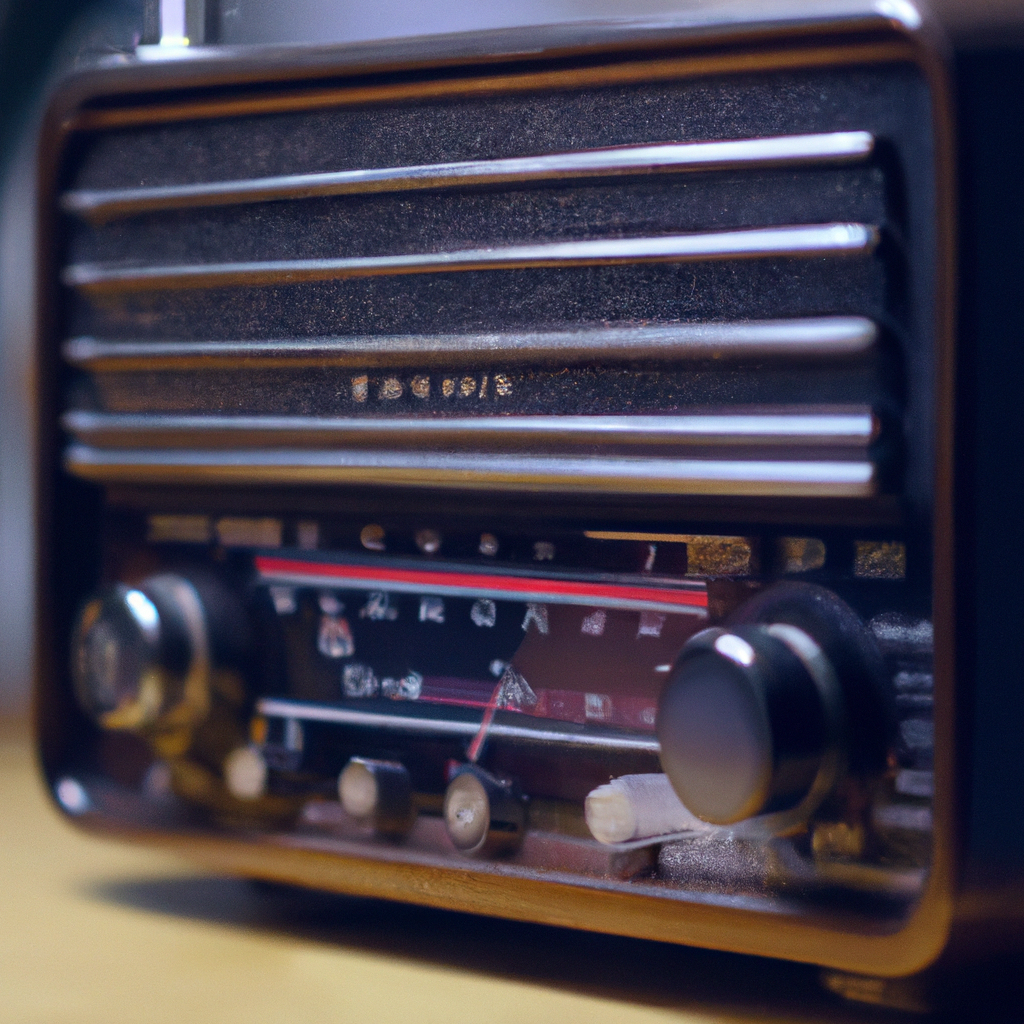Radio receivers are an essential part of our daily lives, allowing us to listen to music, news, and other audio content. But how do they work? In this article, we will explore the science behind radio receivers, from the basics of electromagnetic waves to the specific workings of AM and FM radios.
Electromagnetic Waves
Radio receivers are designed to capture and decode electromagnetic waves, which are a type of energy that travels through space at the speed of light. These waves are created by oscillating electric and magnetic fields and can be produced by a variety of sources, including radio transmitters, cell phones, and microwaves.
Electromagnetic waves are classified according to their frequency, which is measured in Hertz (Hz). The higher the frequency, the shorter the wavelength, and the more energy the wave carries. Radio waves fall in the range of frequencies between 3 kHz and 300 GHz and are generally divided into two types: AM and FM.
AM Radio
AM stands for amplitude modulation, which refers to the way the amplitude (or height) of the radio wave is varied to transmit information. In an AM radio station, a transmitter generates a high-frequency carrier wave that is then modulated by the audio signal to create a lower frequency AM signal.
When the AM signal reaches a radio receiver, it is picked up by an antenna, which converts the radio wave into an electrical signal. This signal is then sent to a tuner, which filters out all the other frequencies except the one corresponding to the desired radio station.
The filtered signal is then sent to a demodulator, which extracts the audio signal from the AM signal by detecting the changes in amplitude. The audio signal is amplified and sent to a speaker, which converts the electrical signal back into sound waves that we can hear.
FM Radio
FM stands for frequency modulation, which refers to the way the frequency of the radio wave is varied to transmit information. In an FM radio station, a transmitter generates a high-frequency carrier wave that is then modulated by the audio signal to create a higher or lower frequency FM signal.
When the FM signal reaches a radio receiver, it is picked up by an antenna and sent to a tuner, which selects the desired radio station by filtering out all the other frequencies. Unlike in an AM radio, the tuner in an FM radio does not need to filter out all the other frequencies, as the FM signal only contains a small range of frequencies around the carrier wave.
The filtered FM signal is then sent to a demodulator, which extracts the audio signal from the FM signal by detecting the changes in frequency. The audio signal is amplified and sent to a speaker, which converts the electrical signal back into sound waves that we can hear.
Antennas
The antenna is a critical component of any radio receiver, as it is responsible for capturing the radio waves and converting them into an electrical signal. The design of the antenna depends on the frequency of the radio wave it is meant to capture. For example, an AM radio antenna is typically a long wire that is either embedded in the radio or attached to the radio through a connector. An FM radio antenna, on the other hand, is usually a short, telescoping rod that is attached to the radio.
Conclusion
Radio receivers are fascinating devices that rely on the principles of electromagnetic waves to capture and decode audio signals. Whether you are listening to an AM or FM radio, the process of receiving and decoding the radio signal involves a series of steps, from the antenna to the demodulator and speaker. By understanding the science behind radio receivers, we can appreciate the incredible technology that allows us to tune in to the world around us.







